Florida Driver's Exam
1/126
There's no tags or description
Looks like no tags are added yet.
Name | Mastery | Learn | Test | Matching | Spaced |
|---|
No study sessions yet.
127 Terms
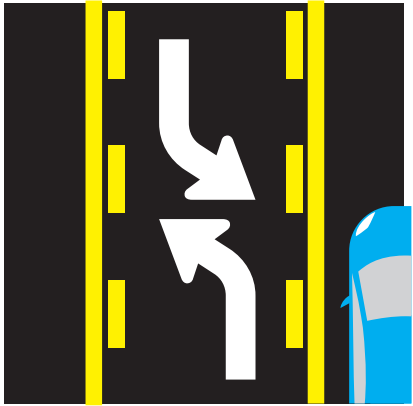
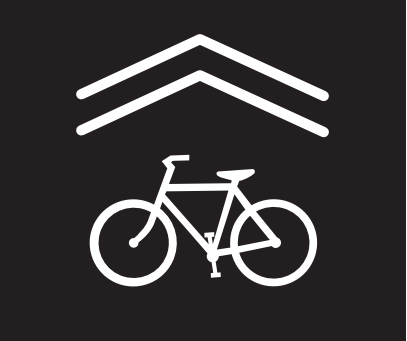
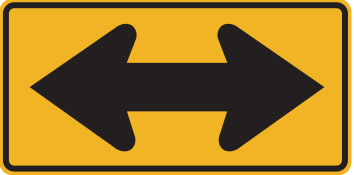
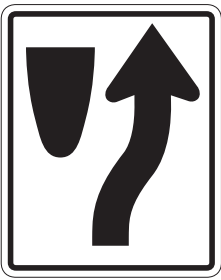
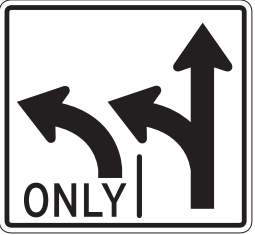
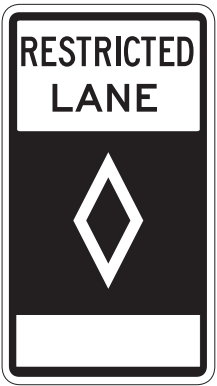
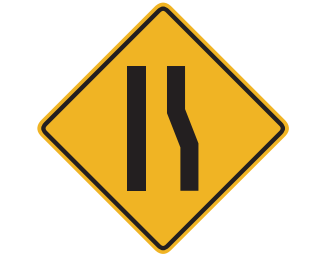
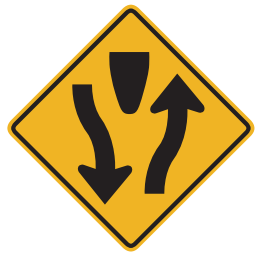
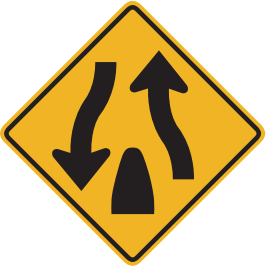
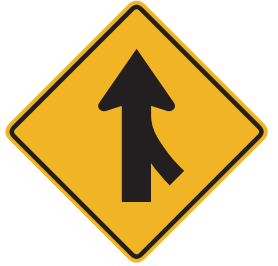
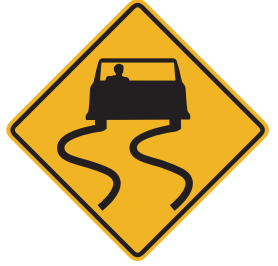
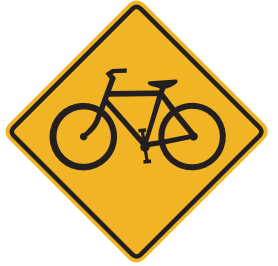
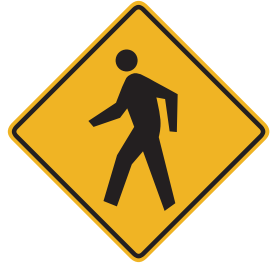
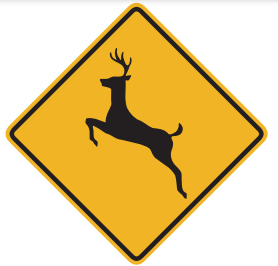
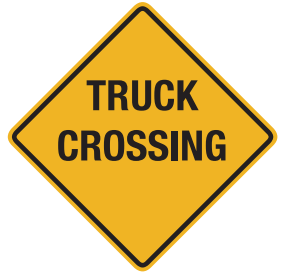
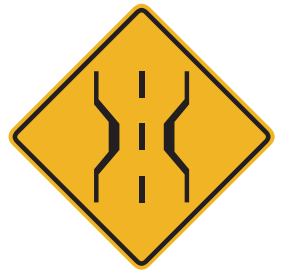
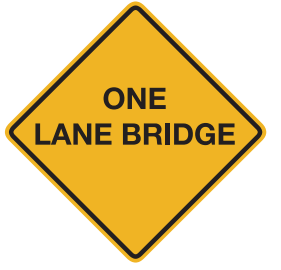
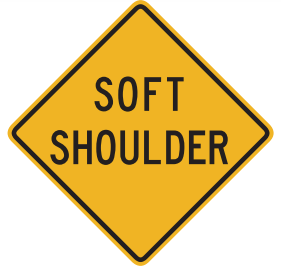
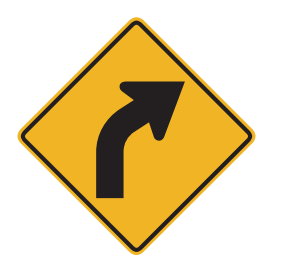
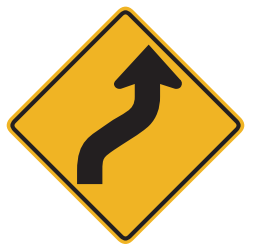
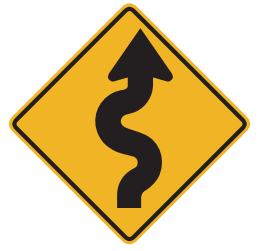
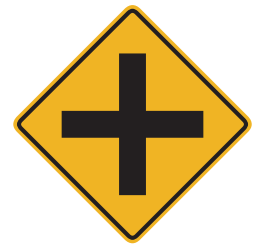
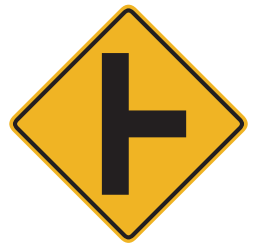
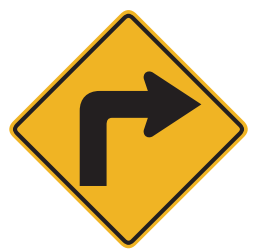
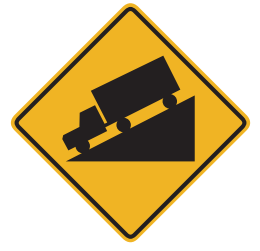
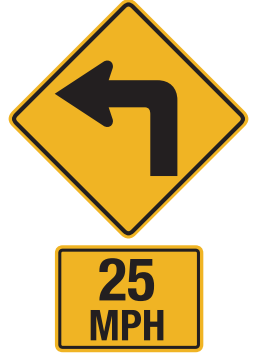
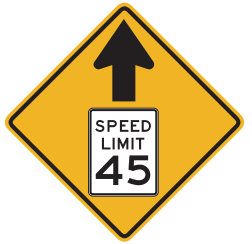
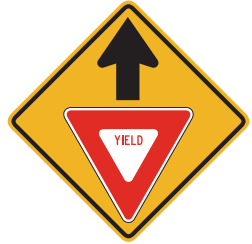
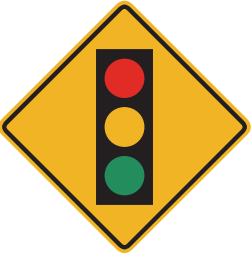
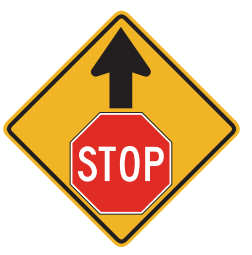
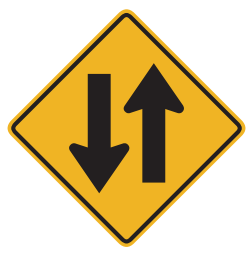
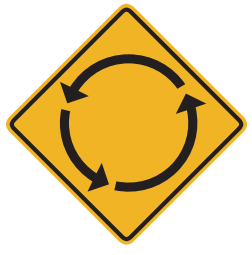
Green Guide Signs
Gives information about directions and distances. East-West routes have even numbers and North-South have odd numbers. In Florida, mile markers indicate your location on an interstate and match with exit numbers.
Blue and White Service Signs
Directs you to services, such as gas, food, motels, and hospitals
Brown and White Signs
Points out scenic areas, parks, and areas of cultural/historical significance
treat the light/intersection as a four-way stop sign
If a trafic signal is out of order and law enforcement is not present…
Red Light
You may turn lef from a one-way street onto a one-way street that has traffic moving to the left.
Red Arrow
Do not make the movement shown by the arrow until the green light appears.
You may turn left from a one-way street onto a one-way street that has traffic moving to the left.
You must yield the right-of-way to pedestrians in the crosswalk and oncoming traffic.
Yellow Arrow
The green arrow is ending or the light is about to turn red.
Stop if you can safely do so.
Yellow Arrow (Flashing)
Turns are allowed in the direction of the arrow.
The oncoming traffic has a green light. Yield to oncoming traffic and pedestrians.
Green Arrow
You may make a turn in the direction of the arrow.
If the red light is illuminated at the same time, you must be in the proper lane for such a turn.
You must yield the right-of-way to vehicles and pedestrians in the intersection.
Flashing Red Light
Used at dangerous intersections. Treat it like a stop sign; stop and proceed when safe.
Flashing Yellow Light
Used at, or just before, dangerous intersections.
Also used to alert you to a warning sign such as a school crossing or sharp curve. Proceed with caution.
Lane Signals
Used:
when the direction of the flow of trafic changes during the day
to show that a toll booth is open or closed
to show which lanes are opened or closed
Red X
Never drive in this lane
Yellow X
The lane signal is about to turn red
Green Arrow
You may use this lane and you must also obey all other signs and signals
Ramp Signals
control the rate of vehicles entering an expressway; and alternate between red and green; you must wait for the green signal before entering the expressway.
yellow flashing light
(HAWK) slow down, because this light indicates that a pedestrian has activated the push button. Approach at a speed that will allow you to stop if the light changes
yellow steady light
(HAWK) prepare to stop
red steady light
(HAWK) stop for pedestrian in crosswalk
red flashing light
(HAWK) proceed with caution. If no pedestrian is present and the intersection is clear, go
Construction and Maintenance Signs
The signs—usually diamond shaped and/or orange in color—notify drivers of unusual or potentially dangerous conditions near work areas.
Channeling Devices
These include barricades, vertical panels, drums and cones. Stripes on barricades and panel devices slope downward in the direction traffic must travel. These devices alert drivers of unusual or potentially dangerous conditions in roadway and work zones. These devices may be equipped with warning lights at nighttime to guide drivers safely.
Flashing Arrow Panels
Used both during the day and at night to give advance warning and directional information when it is necessary to move to another lane.
Flaggers
People who work in roadway construction/maintenance zones to stop, slow, or guide traffic safely through the area. They wear bright colored/fluorescent vests or jackets and use red flags or signs to direct trafic through work zones
15 feet
Do not stop on the railroad tracks or within ____ of the crossing.
You must stop within 50 feet, but not less than 15 feet, from the nearest rail of the railroad when:
the warning devices are flashing
the crossing gate is lowered
a human flagger is warning of an approaching train
an approaching train is clearly visible